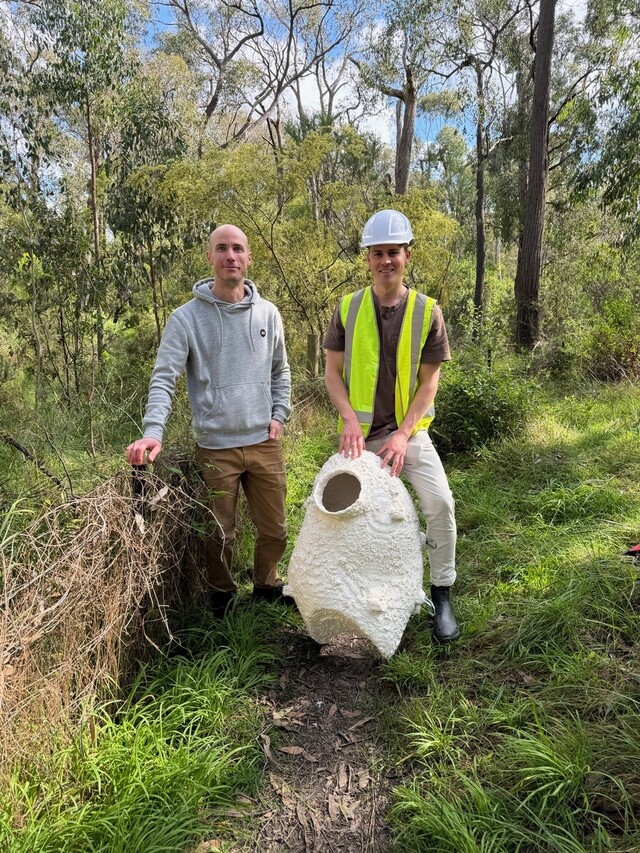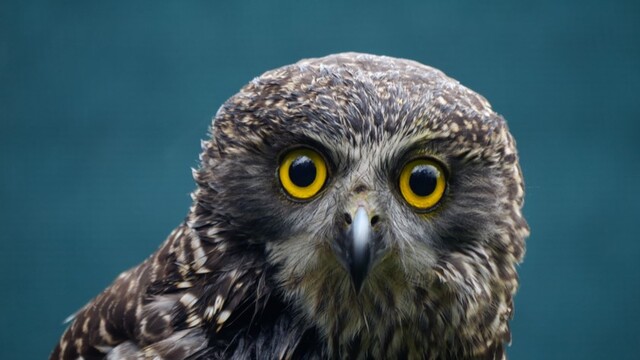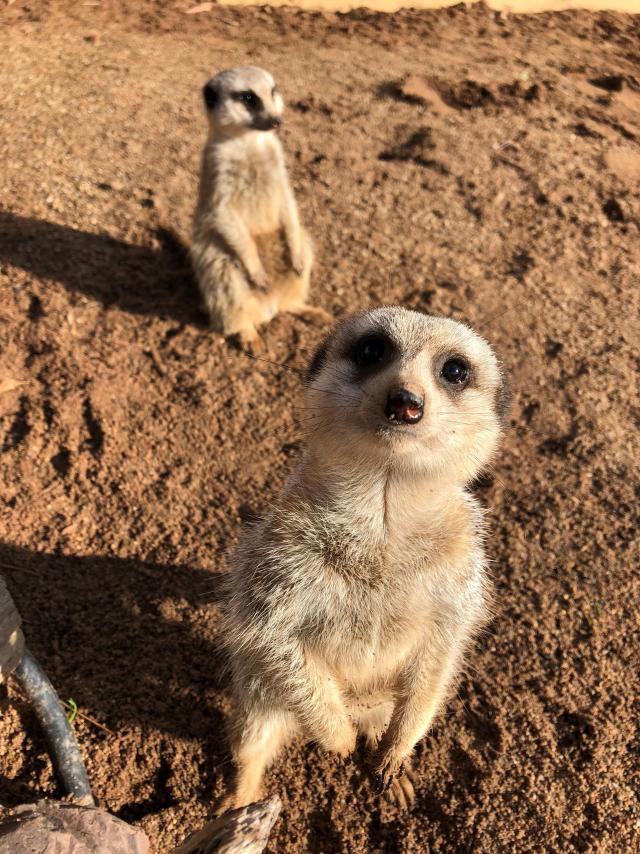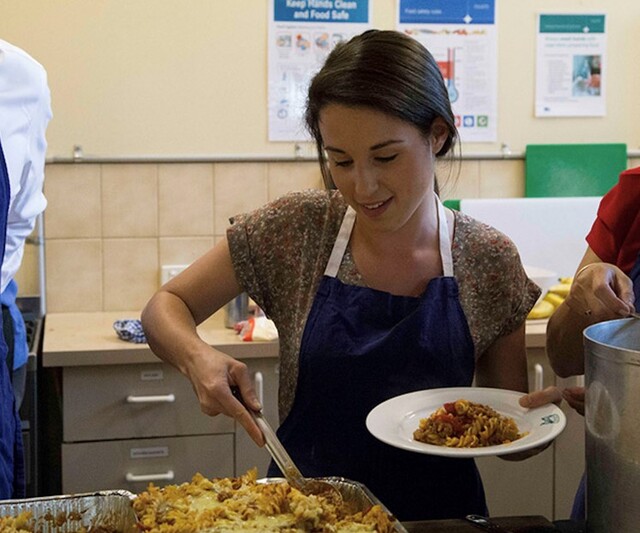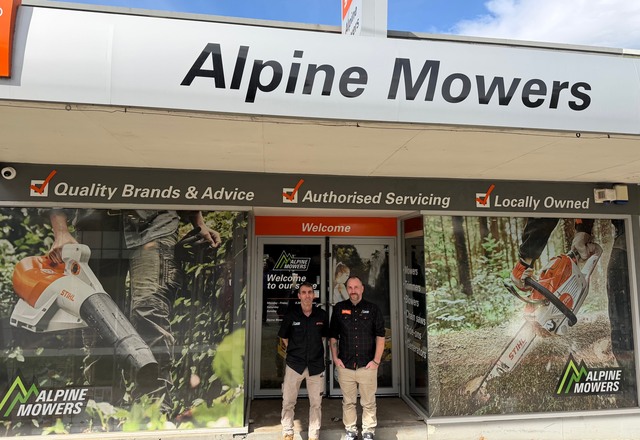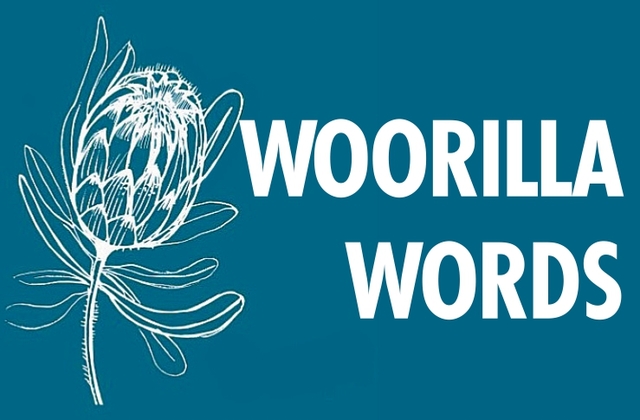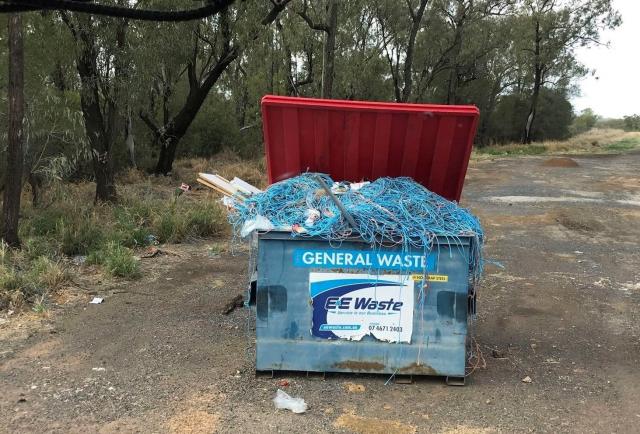An environmental group in Knox is seeing glimmers of possibility for the future of an iconic bird species as artificial hollows created to attract powerful owls begin to see other local fauna visit the human created habitats for the first time.
Custom designed for Victoria’s apex predator the Powerful Owl, the 3D-printed bird hollows have recently had several curious visitors investigating the newly installed spaces – much to the joy of citizen scientists in the area.
Friends of Koolunga Native Reserve President Rown Jennion said it’s been exciting to see and the group’s social media page has been logging the appearance of several species checking out the hollows since they were installed in August of 2024.
“We’re excited to see and share that native wildlife are interested,” he said.
“They’re showing that they’re keen on hollows, that they’re looking for hollows.”
Part of the process for the artificial hollows to be naturalized Mr Jennion said the hollows start to look and smell more natural once the different species go in and check them out.
Researcher in urban ecology and conservation science at Melbourne University Doctor Kylie Soanes said that the 3D hollow was a collaboration between designers and scientists
“My job is all about finding ways that we can make cities better places for nature and native wildlife, so trying to cram as much biodiversity into our city spaces as possible, because it’s great for biodiversity and it’s great for people as well,” she said.
“Obviously, there are heaps of challenges to native wildlife surviving in cities, and one really big one is the lack of homes, the lack of tree hollows that so many of our native species depend on.”
For a bird like the Powerful Owl, creating an artificial hollow is not a simple exercise and Dr Soanes said that designing a nest box that was large enough to can fit safely into a tree without damaging it or posing a risk to people was really tricky.
“At one point, people were just recycling wheelie bins and cutting a hole in them and hoping that maybe owls would go into them,” she said.
Dr Soanes said that at the University of Melbourne, she was able to work with architects and designers who are part of the deep Design Lab there to brainstorm a potential solution.
Powerful owls need a large but particular kind of space to be able to safely get in and out of and to allow for owlets to climb out and emerge – creating a challenge for the team.
Dr Soanes said that with the help of PhD student Dr Dan Parker who came up with the design of the hollow, the team were able to then print the habitats that now reside in Koolunga and other locations across Melbourne.
“What’s so exciting to me, I could never have imagined structures like this being built with all of those fantastic shapes that fit directly into the tree,” she said.
“It’s got a little shelf because, for a powerful owl, it’s not as simple as flying neatly into a hole that’s in a tree – they sort of have to land on it to be able to climb inside.”
The University of Melbourne also has a hollow installed on site which Dr Soanes said has been visited by ringtail possums and what they think are possibly Rainbow lorikeets who are now nesting in it.
In other parts of Victoria, the same concept has been used to create more lightweight artificial hollows for smaller and endangered species like possums, parrots and other mammals.
Koolunga Native Reserve has had powerful owls visit the area which is what has made the site so appealing for the project.
“Powerful owls, being a really big bird, have a huge, huge home range and they can cover incredible distances in a night,” said Dr Soanes.
“So just getting the owl and the hollow in the same place is the first hard step, which is why Koolunga is such a great site for us to test this out because we know there are owls there,” she said.
“We just need one to come and have a look-see.”
Mr Jennion said the group originally started the journey several years ago when they were doing bird surveys in their reserve.
Of about 50 different bird species, the reserve had around 25 to 30 that needed hollows to breed in.
“So quite a large demand from our native wildlife for natural hollows,” said Mr Jennion.
“With all of the suburban development where we live, the roads, the shops, all the things that we live in and enjoy, has come at the cost of reduced habitat for our wildlife,” he said.
Ocwr time the group has installed a number of different types of bird boxes to suit different species in the area.
“We started with kookaburras and ducks because they were both species that were easy, easier for volunteers to try and support,” said Mr Jennion.
Following recommended designs for hollows from Birdlife Australia, Mr Jennion said the entrance is really important in terms of trying to attract the target species.
“But what you find is that other species will ignore that and will try and use it – some are opportunistic and try and take over,” he said.
“I designed one follow for Eastern rosellas, which have a smaller entrance and the slightly bigger Crimson rosellas shouldn’t have been able to fit in, but we had a young one that was just small enough to get in and breed and win one year.”
“So nature will choose – you need to leave it up to the animals.”
Collecting the information from visitors to the artificial hollows will pave the way for research in the future.
“It’s one thing to have a fantastic creative idea. The next step is actually testing how well it works and learning for the future,” said Dr Soanes.
Mr Jennion said his group would love to put more nesting boxes in different parts of Knox, where they have confirmed sightings of the owls.
“It is dependent on receiving grants,” he said.
As breeding season approaches the Friends of Koolunga Native Reserve will continue to monitor the large hollows in the hopes that the Powerful Owl will settle into them.

